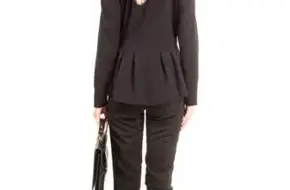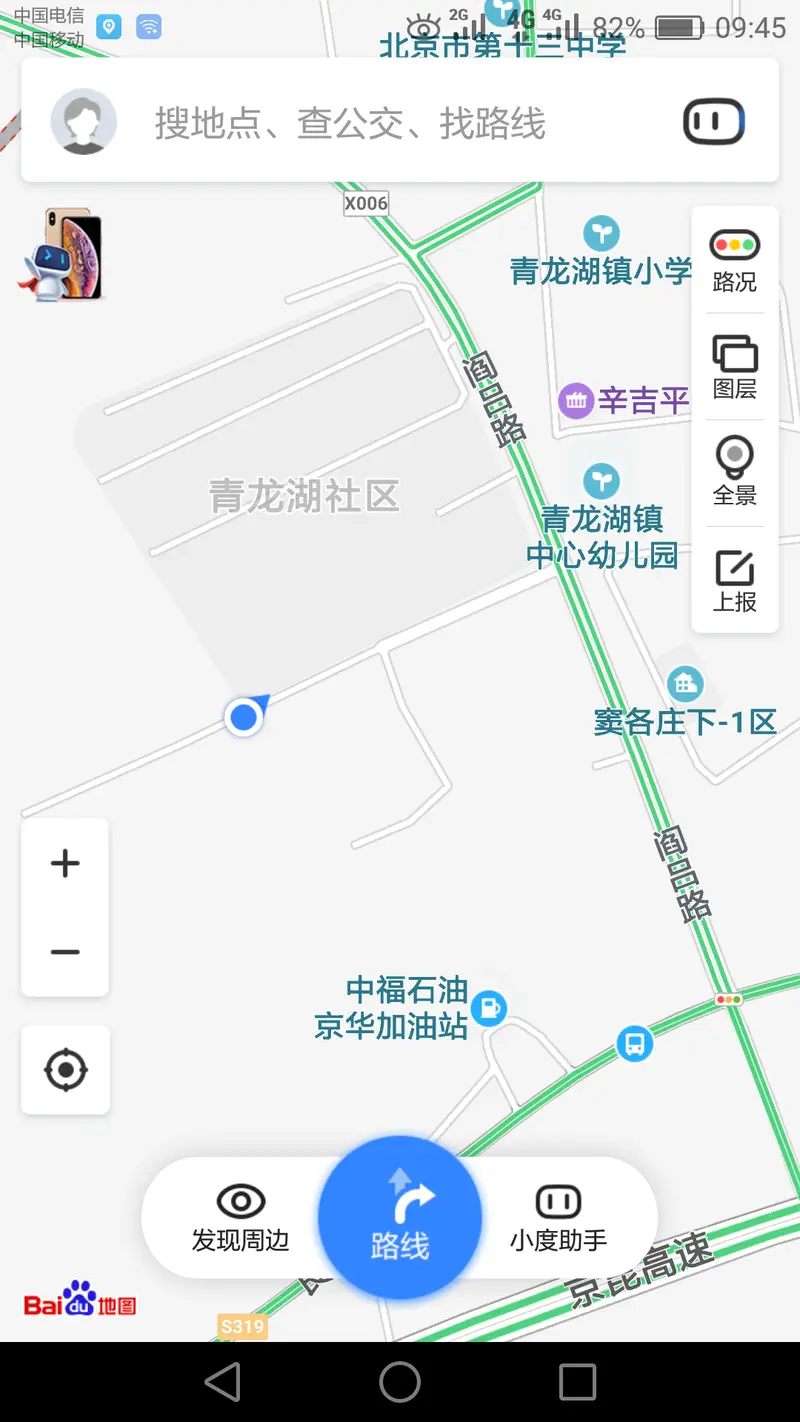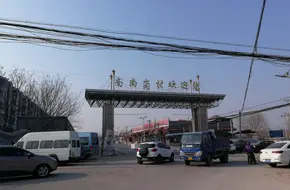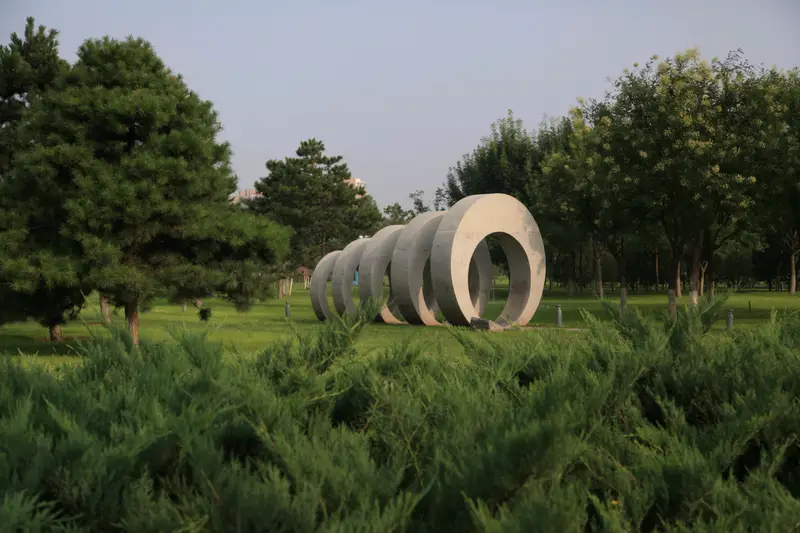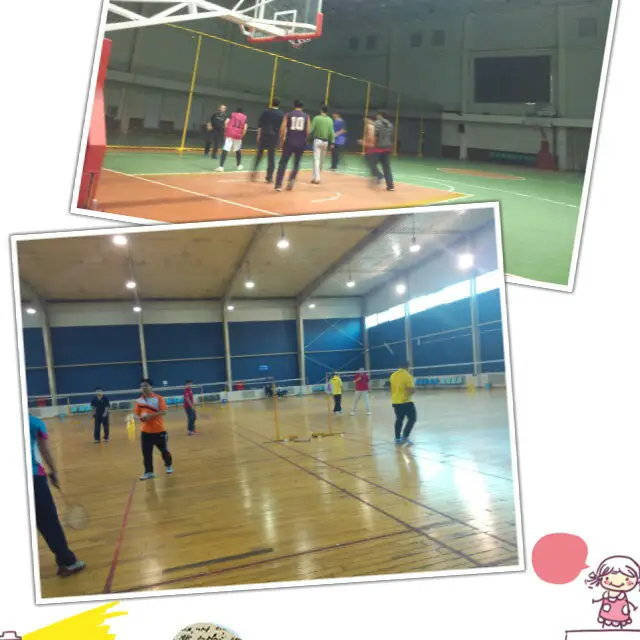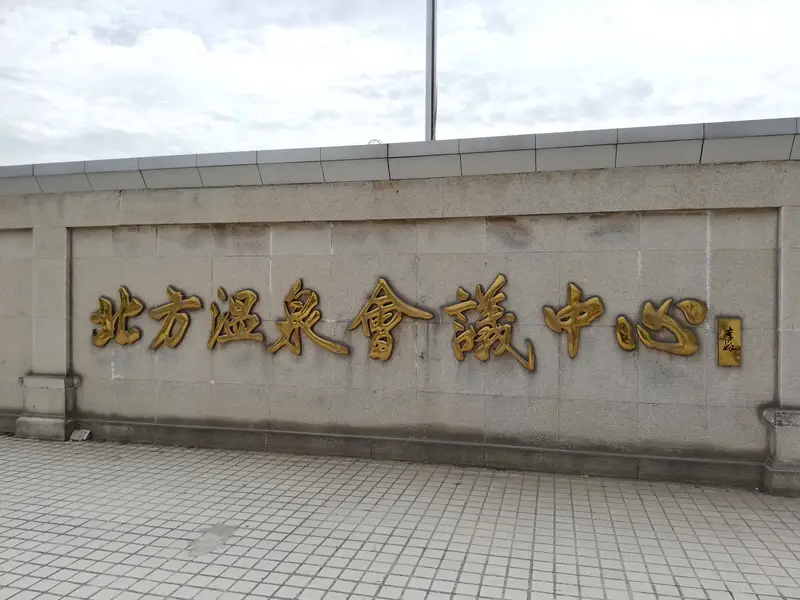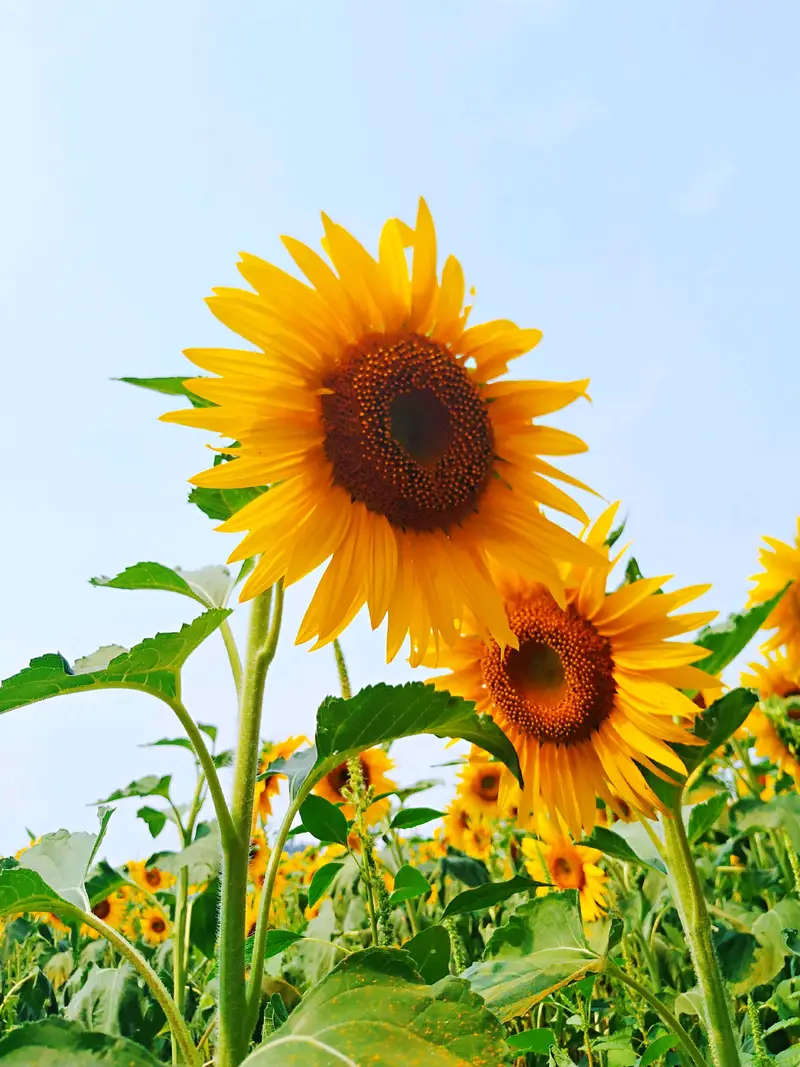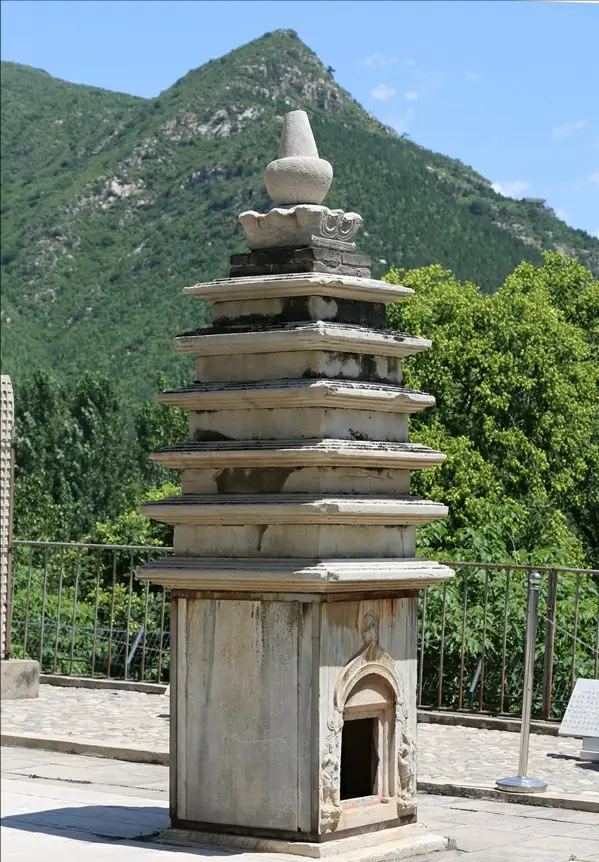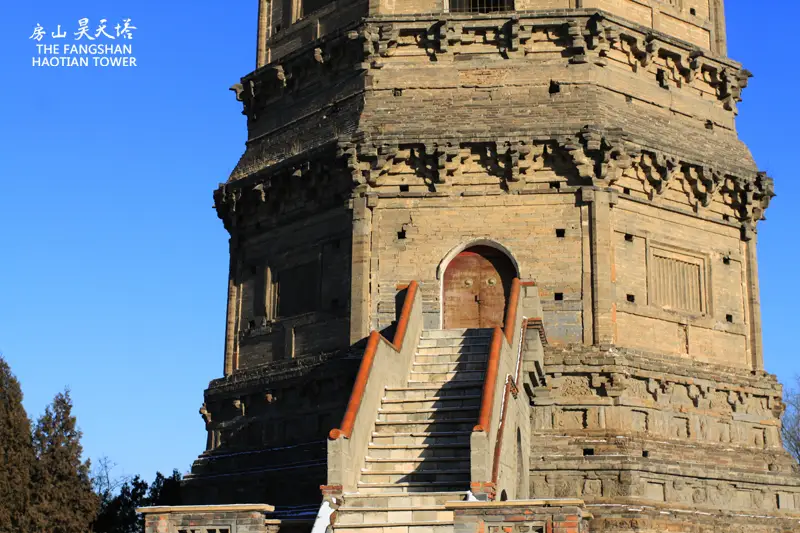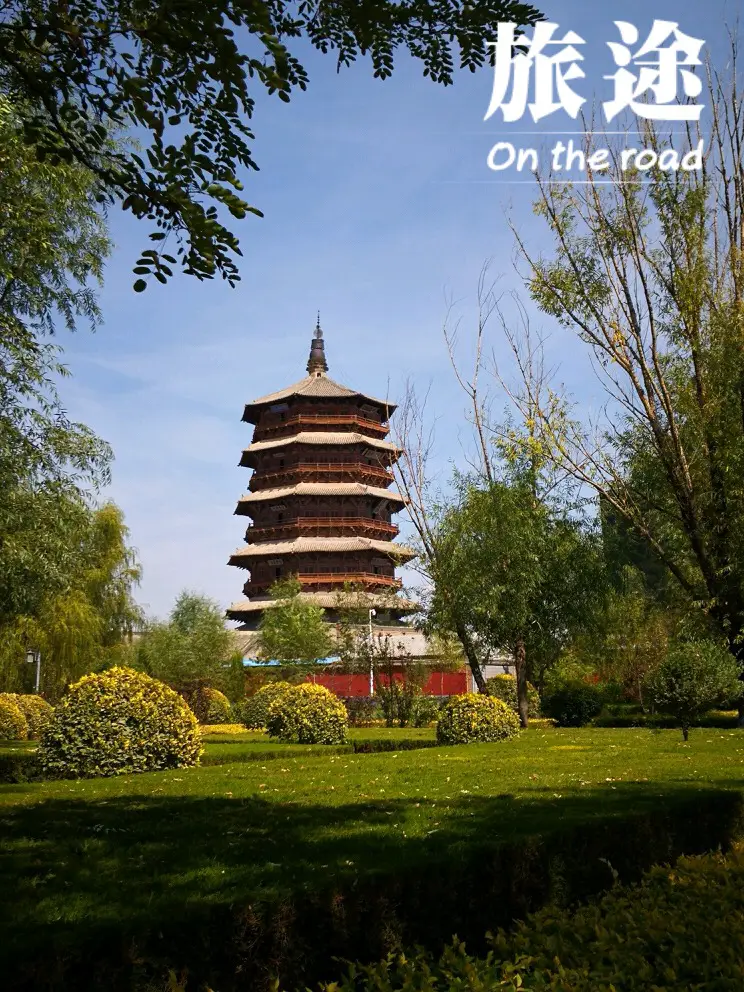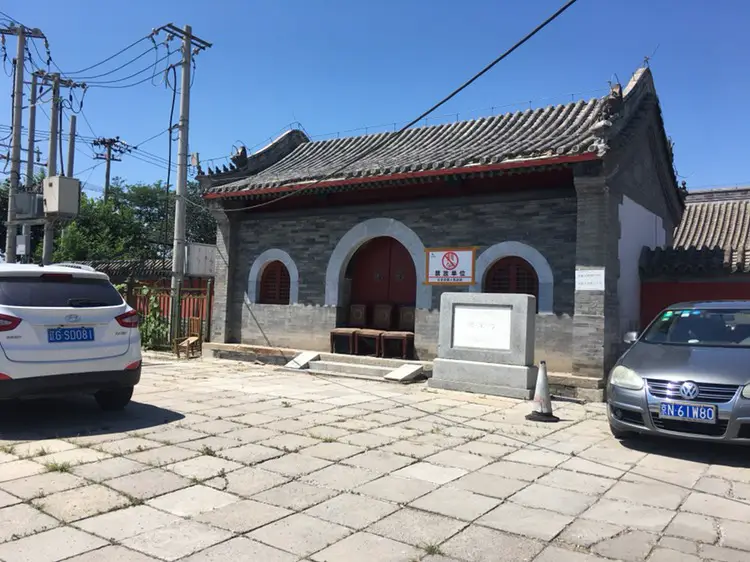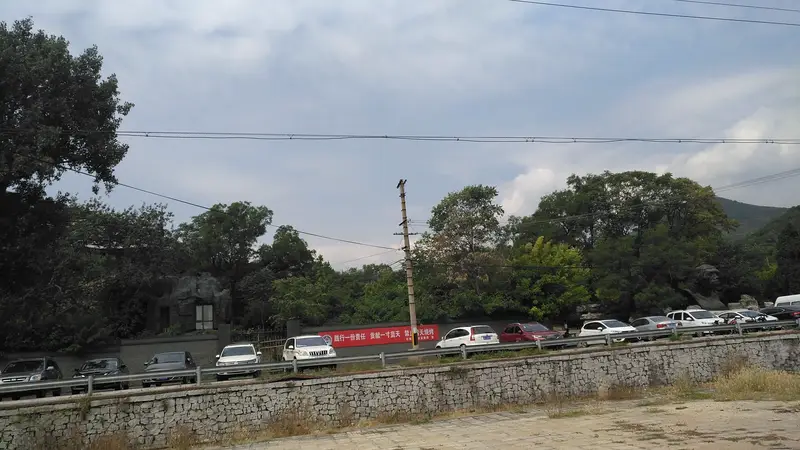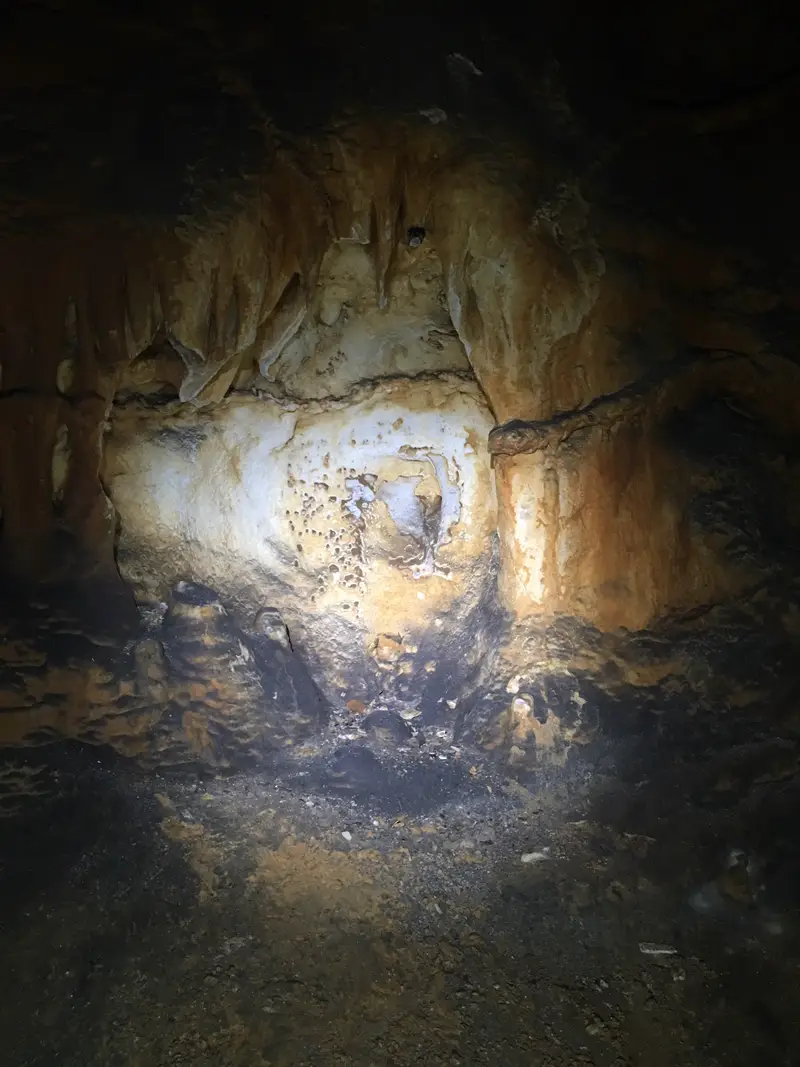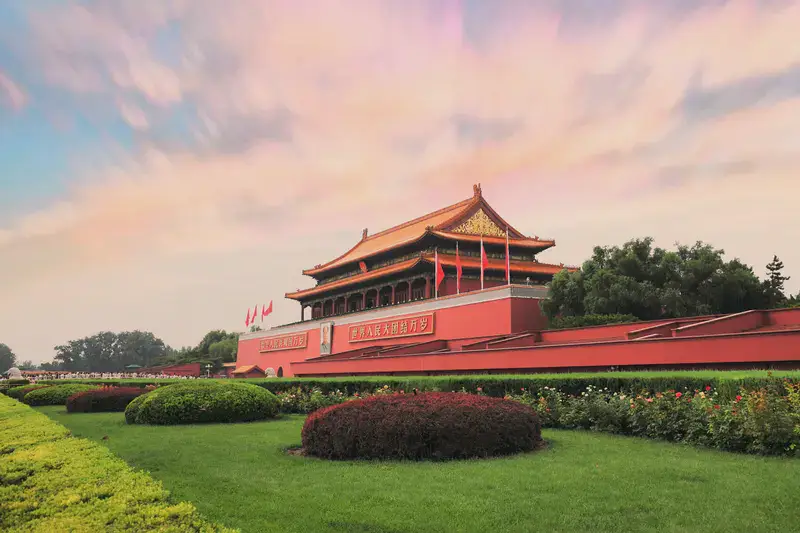Location & How to Get There
Dougezhuang Pagoda sits quietly in the countryside of Qinglonghu Town, Fangshan District, about 200 meters west of Dougezhuang Village. This spot is a bit off-the-beaten-path—think rural fields, rolling hills, and fresh air. To reach it, you’ll need a car or a taxi, as public transport doesn’t stop here. Plug “Dougezhuang Pagoda” into a map app, and follow the roads until you hit dirt paths near the village. Locals are friendly, so don’t hesitate to ask for directions! For adventurous souls, biking is an option, but be prepared for a workout on the last stretch.
Natural Scenery: A Breath of Rural Beijing
The pagoda isn’t just a historic site—it’s framed by Beijing’s countryside charm. Imagine golden wheat fields, scattered fruit trees, and mountains in the distance. In spring, wildflowers bloom around the pagoda’s base, while autumn paints the landscape in fiery reds and oranges. Even on a gray day, the contrast between the ancient tower and modern farmland feels like stepping back in time. Bring a camera—the pagoda’s simple lines against nature’s seasons make for stunning shots.
Cultural Treasure: A Mini-奇迹 of Ming Dynasty
Let’s talk about Dougezhuang Pagoda itself. This 15-meter-tall gem dates back to the Ming Dynasty (that’s 1368–1644!) and packs a punch for its size. Here’s what makes it special:
- Shape: It’s an octagon, which was all the rage in ancient Chinese architecture.
- Details: The base (called a “xiumi seat”) is carved with Eight Buddhist Symbols—wheels, umbrellas, fish, and more. Above it, three layers of brick-carved lotus flowers lift the tower skyward.
- Fake Doors & Windows: Most sides have fake doors and windows, except one real arched entrance facing east. Talk about mystery!
- Layers of Beauty: The pagoda has nine stories, but they’re not for climbing. Each level gets smaller, topped with layered brick “lotus” designs. The roof ends with two giant carved lotuses stacked like a cake.
Fun fact: this pagoda is basically a “lotus overload”—lotus bases, lotus roofs, and even lotus patterns between the floors. It’s like the designers couldn’t get enough!
Practical Tips: What to Bring & Expect
Visiting Dougezhuang Pagoda isn’t like touring the Great Wall. Here’s what to know:
- Facilities: There’s no ticket office, gift shop, or café. Pack water, snacks, and sunscreen. Nearby villages might have basic eateries, but it’s wise to be self-sufficient.
- Footwear: The ground near the pagoda can be uneven. Comfy shoes are a must—think walking on grass and dirt.
- Crowds: Perfect for peace! You’ll likely have the site to yourself, except for maybe a few curious locals or fellow travelers.
- Respect: It’s an active religious site, so avoid loud noise or climbing the structure. Admire from the base or walk around it slowly.
The Experience: A Time-Traveler’s Joy
Visiting Dougezhuang Pagoda feels like discovering a hidden secret. Unlike busy temples, this place lets you soak in history without distractions. Sit under the shade of a nearby tree, listen to birdsong, and let your eyes wander from the pagoda’s carvings to the distant hills. If you visit early morning or late afternoon, the light on the pagoda’s brickwork is magical. For history buffs, it’s a chance to see Ming-era craftsmanship up close—no glass cases or barriers!
Why It’s Worth Your Trip
Dougezhuang Pagoda isn’t flashy, but that’s exactly why it’s special. It’s a reminder of Beijing’s layers—ancient, rural, and quietly majestic. Whether you’re into photography, meditation, or simply escaping the city’s hustle, this spot offers a rare blend of nature and history. Just don’t forget to charge your phone—you’ll want to snap every angle of this humble masterpiece!

